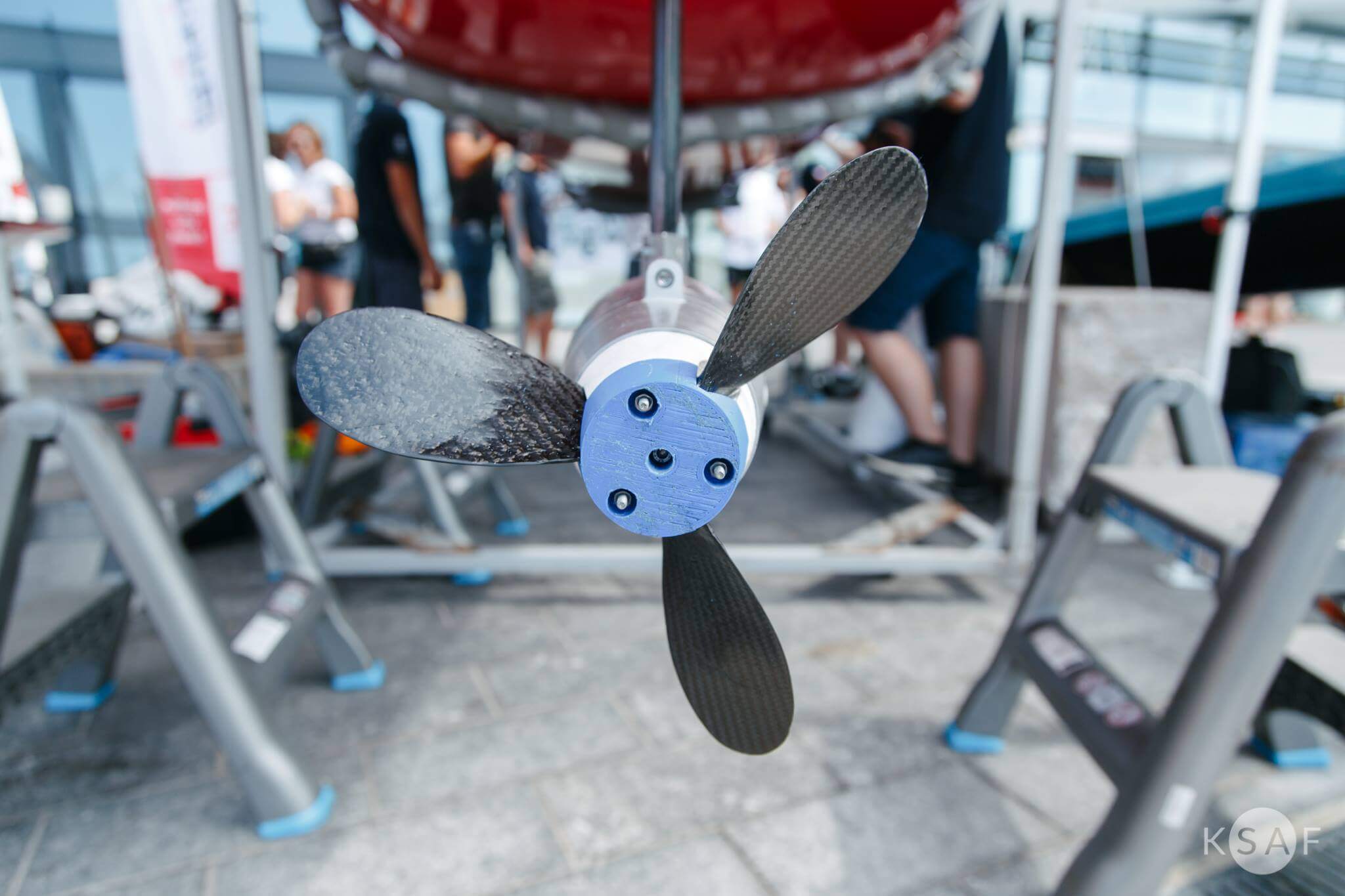Young, ambitious, creative. Students of Krakow AGH University of Science and Technology once again proved that together they can achieve much more – designed and created by them solar boat „Baśka”, equipped with elements printed with a 3D printer, took part in international solar boat competition "Monaco Solar Energy Boat" and has achieved a tremendous success!
„Baśka” – solar boat powered with solar energy
When in 2015 students belonging to the 'Eco-energy' research club and also members of the Academic Sailing Club have started a joint project AGH Solar Boat, they had two goals - to meet the huge engineering challenge and to highlight the opportunities for the development of maritime transport. In a short time, many young engineers from over 10 different departments joined the project. którzy. They worked together on the project, supplemented themselves with knowledge, skills and fulfilled the dream of going to Monaco. This is how „Baśka” was created – the solar boat, powered only with solar energy. In the summer of 2017, the AGH Solar Boat team during their debut in the Monaco Solar & Electric Boat took 5th place in the general classification in class A, while a year later, during the same competition, the crew stood on the 3rd stage of the podium.
ATMAT enabled students to use one of its pioneering printers - ATMAT Signal so that they could print all the necessary parts and elements that would be economically unprofitable to perform using traditional methods. This is how a laminated blade with high strength and relatively low weight was created along with several variants of the prototype of a cast blade.

Postprocessing of printed elements
ASA filament characterized by increased resistance to weather conditions - in particular, the UV light - was used to print the laminated blade. The printed element as a part of postprocessing was first sanded to obtain a sufficiently rough surface that ensures sufficient laminate adhesion and then laminated with a prepreg-type composite fabric. In this case, 3D printing enabled an accurate reproduction of the blade's geometry, without the need for a mold, which significantly accelerated the time of printing.
 Photo: Maciek Bernaś, Source: https://www.facebook.com/ksaf.agh/
Photo: Maciek Bernaś, Source: https://www.facebook.com/ksaf.agh/
The next element - the cast blade - was printed from PLA material and then subjected to postprocessing, which consisted of three stages. The first consisted of grinding the printout, which allowed to reduce the casting processing time, then the element was reflected in the molding sand, and finally cast out of an aluminium alloy. Thanks to the low production costs and short printing time, it was possible to make many of its elements that were tested in real conditions.
.jpg)
.jpg)
In addition, "Baśka" was also equipped with controls, hub, pylon, handles and sleeves printed with a 3D printer. As a result, they have efficiently, inexpensively and relatively quickly received ready-to-use elements.
3D technology has found an application both on land and in space as well as on water. This proves that the only limit is imagination - which, fortunately, students do not lack!
Main photo: fot. Paweł Szupiluk, źródło: https://www.facebook.com/AGHSolarBoatTeam/
Main photo: fot. Maciek Bernaś, źródło: https://www.facebook.com/ksaf.agh/
